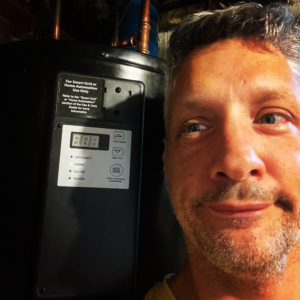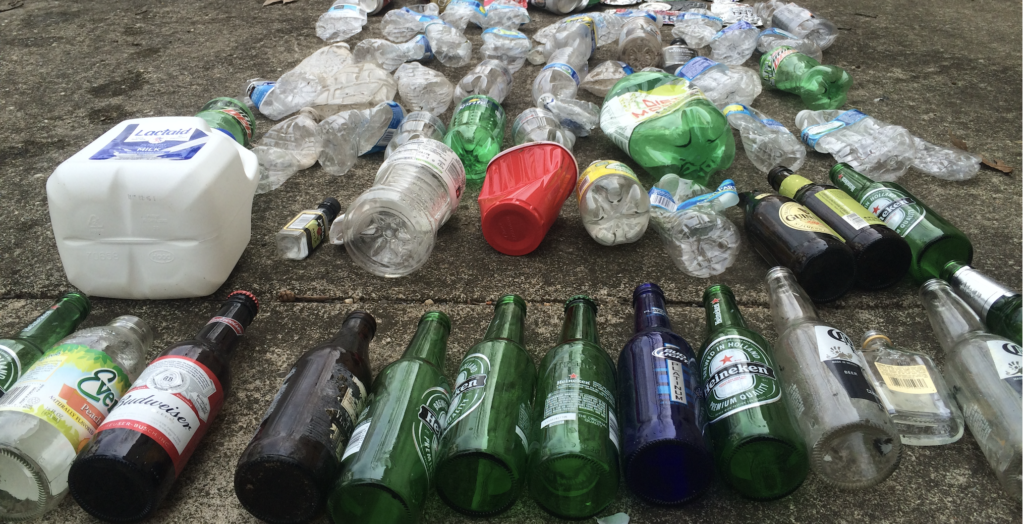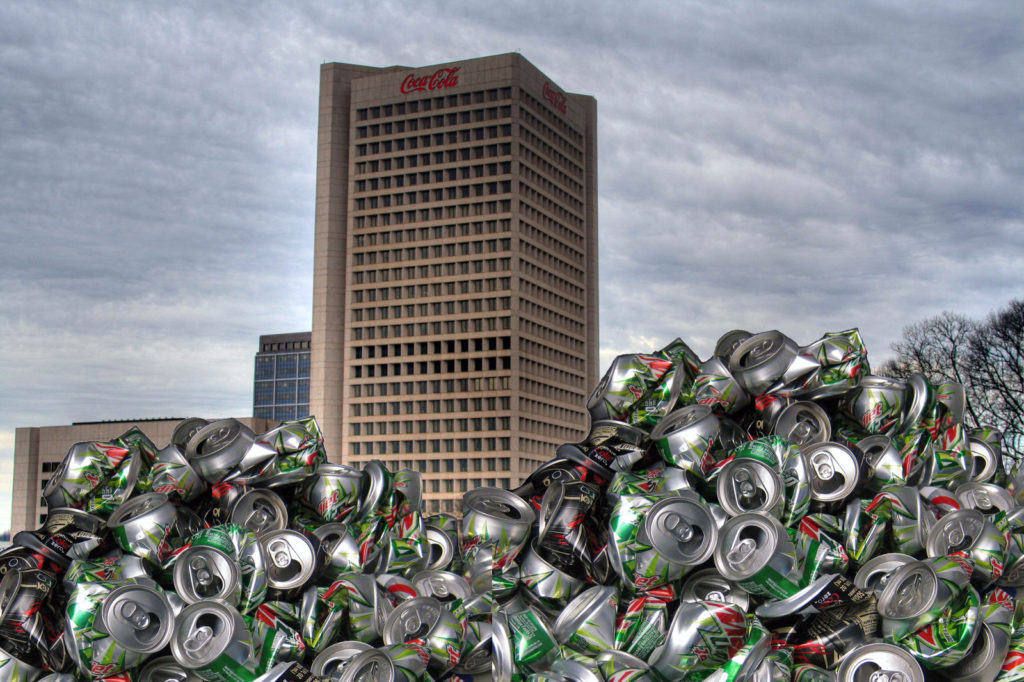
So I was a diehard when it came to the Netflix DVDs. I held on the bitter end, though do not appear to have been lucky enough to get the 10 extra DVD care package :-(. I had kept track of the movies I watch though rating them in the DVD system, but cracks were starting to show since you couldn’t add streaming only movies. Of course, Netflix certainly was on longer an option once they killed the red envelops. Luckily they made it easy to export a CSV of all of your data.
I looked at a few services. Importing to IMDB seemed awful. I eventually settled on Letterboxd. Thankfully, after just a little formatting that maybe took ten minutes, I was able to import nearly all of the movies I rated in Netflix in moments. Unfortunately, TV shows are not found on Letterboxd, but given that I was able to import almost all of the 1011 titles I had that seemed like a win.
I had relied on a wordpress plugin for displaying my goodreads books, and thought it would be nice to do the same thing with the movies I have seen on the blog too. However, I couldn’t find any plugins within wordpress, so quickly scoured the web and found WordPress-Letterboxd-Activity on github. It wasn’t quite as flexible, but I was able to make a few edits to the code to make it suit my needs. It pretty much draws from an RSS feed on Letterboxd with your activity and displays it nicely (it is on the upper right of the table on this page).
Though this is when I discovered an issue. Netflix didn’t have dates associated with movies I had had rated, so they weren’t properly showing up. That was a lot of the movies, probably 3/5ths of them. I had two choices, one manually add dates, or two just mark them all with the same date to get them to show up. Well I decided to go down the former route. It has been a slog, but kind of fun. As I was looking through movie release dates I was remembering where I saw movies (in the theater in the town I grew up in or the art theater in Baltimore called the Charles or on DVD at a friend’s house on New Years Eve), I was remembering who I saw the movies with and the conversations we had, or even how we used to see free pre-releases, boom mic problems at all, in the Psychology building at the University of Maryland. I am still not done (currently through the 2024 release year), but think I will get enjoyment out of the rest (plus in all honesty, it will speed up greatly once I get to about 2014, because… reasons).
You can check out the most recent five movies I entered here.





